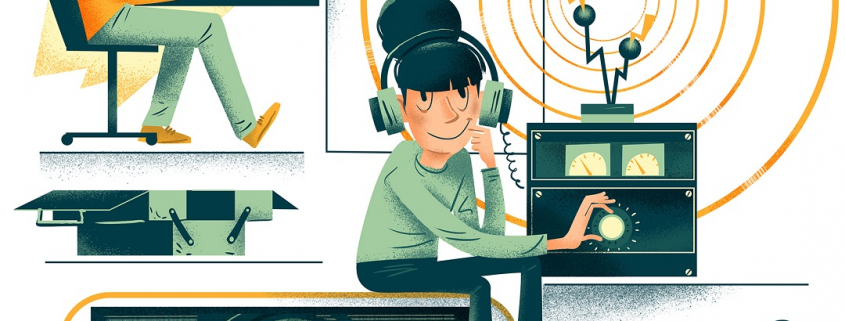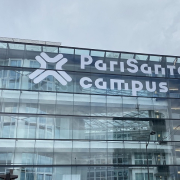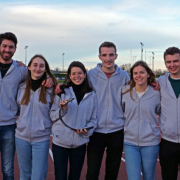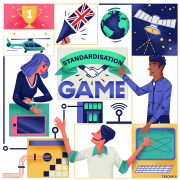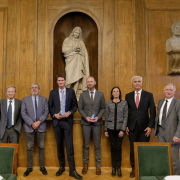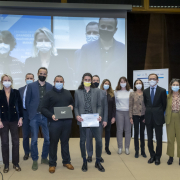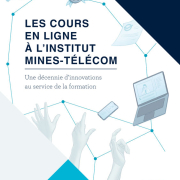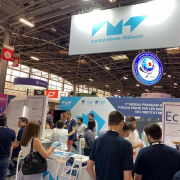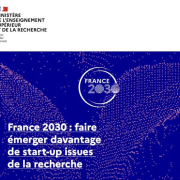A challenge where students build their own radio system, an innovative teaching method at IMT Atlantique
An IMT Atlantique teaching unit on the Brest campus gives students the opportunity to design their own radio receiver. A hands-on approach to introduce them to the physical layers of telecom systems.
“Over a period of several years, we’ve noticed that students are becoming less interested in the physical layer of communication systems, since they prefer the areas of digital technology and programming, which have more promising employment opportunities. Yet, employers often seek candidates that master both parts,” explains François Gallee, a research professor at IMT Atlantique Brest. François Gallee and his colleague Patrice Pajusco, the department head, have developed a three-week challenge to help students combining these two specializations in a hands-on way. The challenge gives second and third-year students the opportunity to design their own “software-defined radio” type receiver.
The program starts off with two mini-projects: one devoted to designing and assembling the physical layer, made up of an antenna and a signal amplifier; and the other to the software part, dedicated to selecting the frequency and signal processing. “Since the students come from a wide range of academic backgrounds with varying levels of knowledge, the project format allows them to advance independently at their own pace, based on course resources and discussions with one another. As teachers, we’re there to help them master design tools and get them to analyze and interpret theoretical and experimental results,” explains François Gallee. Once the software-defined radio is assembled, students have one day to tackle the final task: solving a riddle. “They must receive and then decipher several radio frequency signals, which will then allow them to receive and decode an image. To do so, they must be able to adapt the radio system they have designed on the fly,” adds the research professor.
With its focus on student autonomy, the teaching unit was rated highly by students, with 70% saying they were “highly” satisfied and 30% that they were “rather” satisfied. “Students progress regardless of their level, and the most advanced students have the opportunity to develop a more sophisticated system. The prospect of the final challenge makes the learning process motivating and provides a real-life aspect,” concludes François Gallee. The program has been successfully implemented for three years and has been replicated in other learning areas involving wireless telecommunications, such as the “connected medical devices” teaching unit.
This is an educational innovation project submitted for the 2021 IMT Teaching Awards.
Illustrator: Lionel Tarchala

